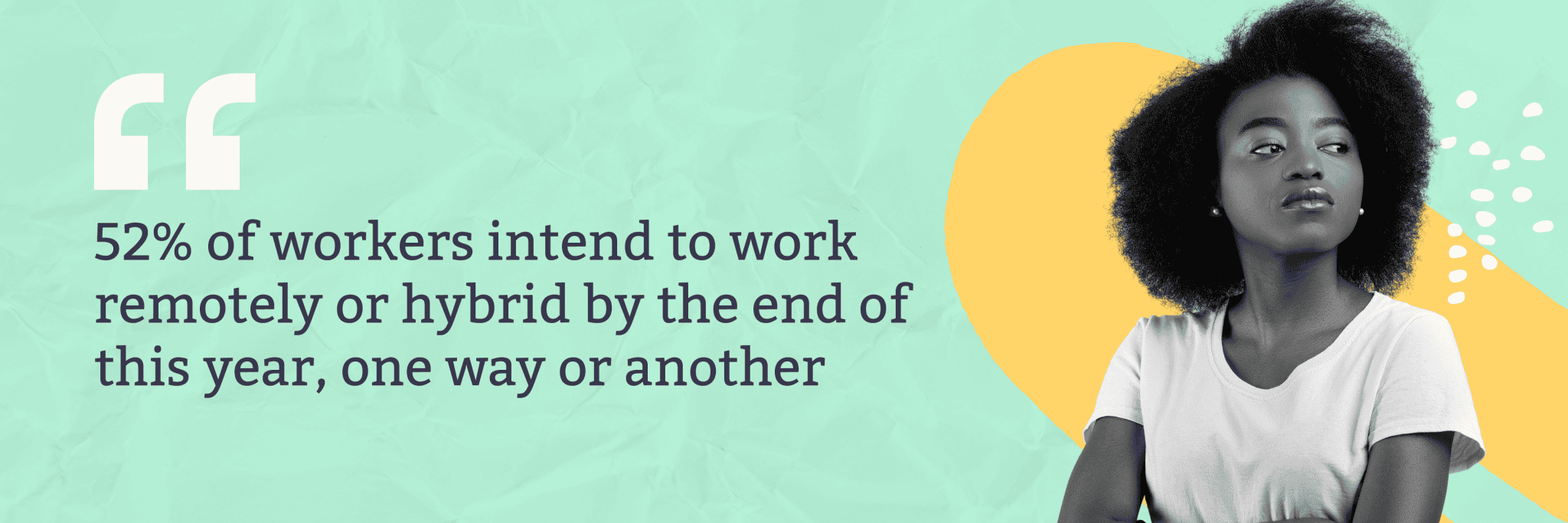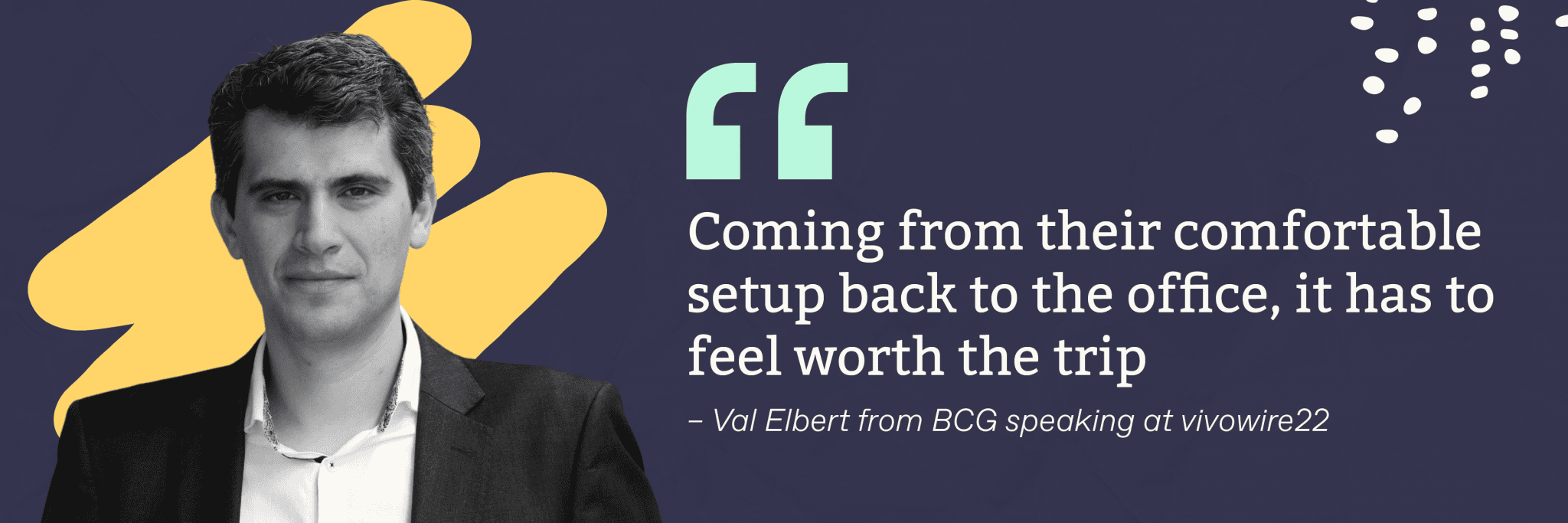Employees Need a Reason to Return to the Office; “Because I Said So” Won’t Cut It

Barry Nyhan
Senior Demand Gen & Marketing Ops
4 Apr 2022

Many employees have been frustrated after being forced to return to the office, only to spend their days in virtual meetings, writes Jared Lindzon.
I’ve been working from home for almost 10 years, and, prior to the last two, people had a lot of questions for me.
“Don’t you get lonely?” – No, I spend half my days on the phone.
“Are you really working, or are you playing video games all day?” – I’m working when I have work to do, but when I don’t, it’s Call of Duty time.
“Do you wear sweatpants every day?” – Yes, of course.
“If you don’t commute, how do you get into work mode each morning?” – I’m not even going to answer that one.
I personally love working from home, but until recently, just about everyone thought I was an outlier, a specific kind of personality that was built for the work-from-home life, myself included.

After spending two years in my shoes — or sweats — many of those same people are just as resistant to the idea of returning to the office as I am. There are certainly a fair number of those who are eager to return to the way things were, but as the rest are forced back to the office, many are asking, “Why should I give this up now?” and won’t be satisfied if their employer returns with, “Because I said so.”
Unfortunately, data suggests that many are.
According to Microsoft’s 2022 Work Trend Index, roughly half of business leaders say their company will return to the office full-time this year. According to the study, many employees have been frustrated after being forced back into the office, only to spend their days in virtual meetings, with 38% of hybrid workers indicating their biggest challenge is knowing when and why to come into the office. Furthermore, only 28% of leaders have created hybrid work agreements that define why and when employees need to go into the office.
Perhaps most concerning for employers, however, is that 52% of workers intend to work remotely or hybrid by the end of this year, one way or another. In any other labor market, they would probably have had to suck it up. In a world where talent is sparse, many employees will have the opportunity to shop around and find an organization with an office structure that suits their preferences.

That is why now is the time for organizations to really consider the purpose and function of their physical workspace, and the tangible benefits it can provide.
A quick history lesson; we didn’t always work in centralized locations. In fact, prior to the industrial revolution, most people worked on their own properties. Raw materials were grown from the land that surrounded them, while early manufacturing was completed in workshops on private property (which is where the term “cottage industry” comes from).
The industrial revolution changed all that by making manufacturing a group activity. Standardization, which was the theme of the early 20th century, brought people out of their homes and gave work a designation time and place for the first time in human history. The system accomplished its intended purpose: greater output at a lower cost.
But over time, as we transitioned away from an economy built on physical labor towards one based on services and digital products, those same structures remained. By the time the iPhone was unveiled in 2007, there really wasn’t a good reason for employees to show up to the same place at the same time every day, other than a century of tradition. Once work became mobile, centralized work effectively became optional, even if most of us didn’t see it that way.
But, of course, most do now. The unanticipated remote work experiment of the last two years has proven what I’ve known for a decade; “because that’s the way it’s always been done” isn’t a good enough reason to wake up an hour earlier just to sit in traffic.
“Coming from their comfortable setup back to the office, it has to feel worth the trip,” explained Val Elbert, a managing director at the Boston Consulting Group, during a panel I moderated as part of vivowire22.

In other words, the workplace needs to offer more than the resources most of us now have readily available from the comfort of our own homes, and not by a small margin, either. There needs to be enough perceived additional value in what that space has to offer those employees who would prefer to stay home to justify the time and cost of commuting.
In order to do so, organizations need to really consider which elements of their employees’ work lives can truly benefit from in-person interaction, but most won’t have to dig too deep. No matter how expensive gas gets, nobody wants to attend every meeting, social event, brainstorming session, and mentoring engagement through a screen.
Rather than looking at the office as a workspace, employers should instead consider how they can use it as a “culture space,” a term I learned from Janet Pogue McLaurin, the Global Workplace Research Director for Gensler, during another vivowire22 panel on How How To Reinvent The Office In a Hybrid World.
She explains that if the office is no longer the only space where work gets done, it needs to take on a new role; one that is dedicated to activities that truly benefit from face-to-face interaction.
And there are plenty of elements of our work lives that do, but if managers aren’t prepared to answer the simple question “why do I need to come into the office today?” each time they ask their employees to do so, those employees aren’t likely to stick around for long.

